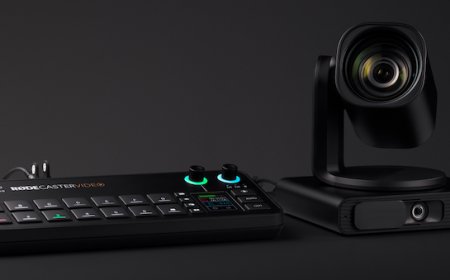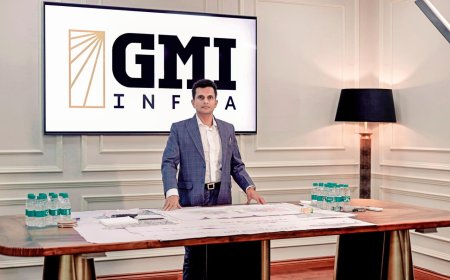Powering the Future: How Rana Roshan Singh is Redefining EV Infrastructure with Setrans Mobility
From grid-dependent EVs to self-sustaining mobility, Rana Roshan Singh’s Setrans Mobility is transforming clean transport through innovation and resilience.
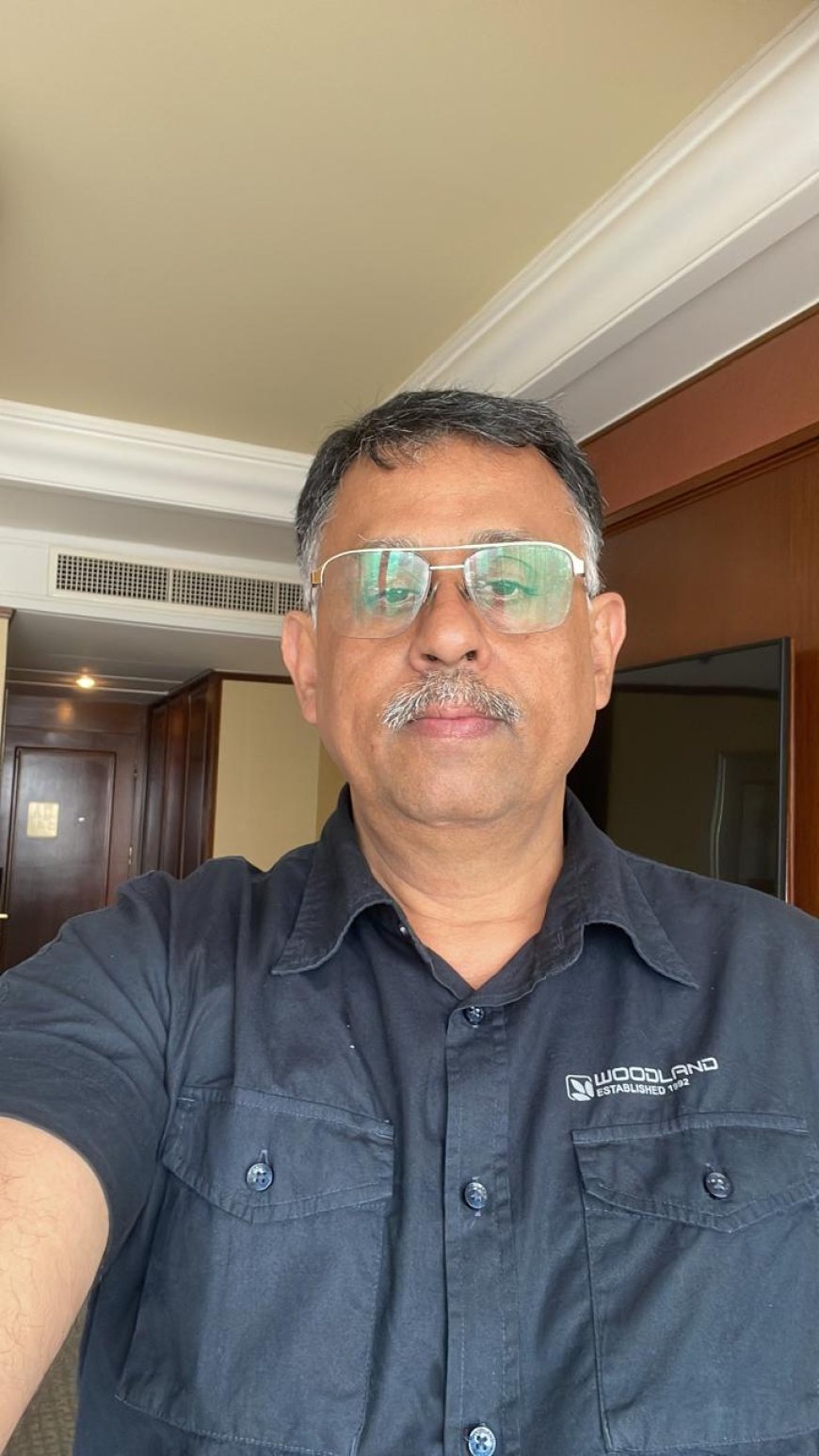
Introduction: Charging Ahead with Vision
When Rana Roshan Singh talks about innovation, it’s not just a buzzword. It’s the foundation of a decades-long journey that led to the creation of Setrans Mobility Private Limited, a company tackling one of the electric vehicle (EV) industry's most overlooked challenges: sustainable, grid-independent charging infrastructure.
"I saw firsthand how EV bus trials were heavily dependent on grid power, which isn’t always reliable or clean," says Singh, a seasoned entrepreneur with over 30 years of experience in electronics, RF, and power conversion. “That’s when it clicked. We needed something different. Something independent, efficient, and eco-conscious.”
In a country like India, where over 80% of electricity is still generated from fossil fuels, Singh’s vision isn’t just innovative — it’s necessary.
The Spark of Innovation: Identifying a Market Gap
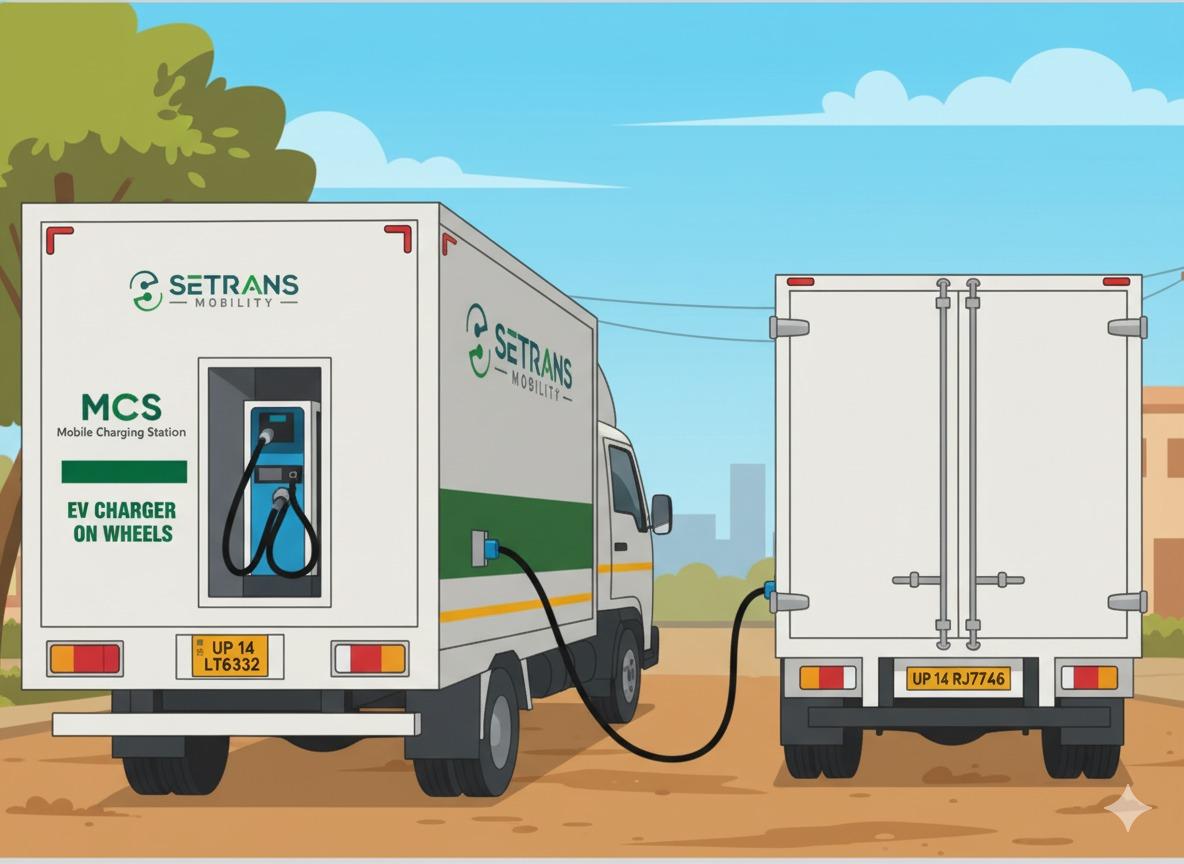
The moment of clarity came while Singh was involved in an EV bus development project. The reliance on high-voltage grid power for battery charging sparked a critical realization.
“India’s shift to EVs is commendable, but if the power source isn’t green, the whole purpose is defeated,” he explains.
Singh identified a glaring gap — no existing Charge Point Operator (CPO) was focused on climate-friendly power for EVs. Furthermore, deploying traditional solar or wind-based solutions involved high capital expenditure and extensive space requirements.
This challenge inspired Singh to engineer a grid-independent, mobile EV charging infrastructure, a concept that would eventually become Setrans Mobility.
From Concept to Creation: Building Setrans Mobility
Setrans Mobility isn't your average charging solution provider. Singh and his co-founder, Vivek Ummat, bootstrapped the company, combining their technical knowledge and personal funds to get the idea off the ground. Collaborating with a network of engineers, factory owners, and friends, Singh brought a series of game-changing innovations to life.
Among Setrans Mobility’s Key Developments:
- Patented Self-Generating Deployable EV Station
- Grid-autonomous Battery Swapping Stations
- Deployable Proximity Charging for on-the-go usage
- A Smart App to manage energy demand and supply
- IoT-based connectivity for real-time product and service tracking
- A patented Micro Wind Turbine integrated with an EV charger
These technologies aren’t just theoretical — they’re functional, tested, and deployed in real-world conditions.
“Our field trials with leading OEMs and fleet operators were a turning point,” Singh recalls. “The day we successfully charged a series of EV buses on-road and off-grid was the best day of my life.”
How It Works: A Versatile, Movable Power Solution
Setrans’ edge lies in its flexibility and utility. Unlike fixed charging stations that are expensive, underutilized, and dependent on local grid quality, Setrans Mobility’s solutions are mobile, relocatable, and powered by renewable or autogenic energy.
They are particularly suited for highways, rural areas, and suburban zones where power infrastructure is inconsistent.
Designed for both B2C and B2B segments, Setrans’ services offer:
- Scheduled charging for individual EV users
- Fleet support for buses, cabs, cargo vehicles, and two/three-wheelers
- “Opportunity Charging” — boosts EV batteries with an extra 15 to 25 percent energy mid-journey to combat range anxiety
- Premium Vantage Point Chargers — located at strategic points to reduce vehicle downtime
“Staying on the road is mission-critical for commercial EVs,” Singh explains. “We eliminate downtime and reduce the anxiety of running out of charge, especially in remote or high-traffic areas.”
Overcoming the Hurdles: Engineering, Compliance and Capital
Despite a compelling idea and proven technology, the journey hasn’t been without its roadblocks.
“The hardest part was bringing together multi-disciplinary expertise like mechanical, electrical, and gas engineering under one roof without outside funding,” Singh admits.
With no initial financial or regulatory support — despite being featured at major forums like ARAI, G20, and DST — Singh relied heavily on personal networks and resourceful engineering partnerships.
Compliances and certifications proved to be another daunting challenge.
“Each subsystem had its own set of standards. Navigating them was time-consuming and expensive, but essential,” he adds.
Still, Singh’s resilience paid off. Setrans Mobility now stands as a viable, proven alternative to traditional EV infrastructure. It’s a system that doesn’t just solve a problem but rewrites the rules of the game.
Looking Ahead: Scaling Up and Going Hydrogen
Setrans Mobility’s roadmap for the future is ambitious but achievable. Singh envisions deploying 1,000 operational systems across the country within the next five years, each capable of selling 300 to 600 kilowatt-hours of energy per day.
The company is also looking into hydrogen-powered systems, further expanding its green tech portfolio.
“Hydrogen is the next frontier for mobility,” Singh notes. “We want to be ahead of the curve.”
Words of Wisdom: Advice for Aspiring Entrepreneurs
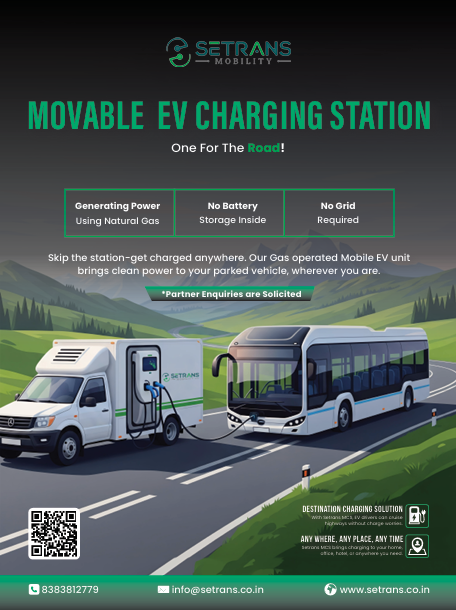
Having walked the long road from idea to execution, Singh has plenty of hard-earned wisdom to share.
“Build around a real problem. Solve something meaningful. And never wait for someone else’s validation before starting.”
He emphasizes resilience and resourcefulness, urging young founders not to be disheartened by lack of funding or recognition.
“We didn’t have access to grants or incentives. But we made it work with ingenuity, passion, and relentless execution.”
The Setrans Impact: More Than Just Tech
Setrans Mobility is not just creating a product — it’s building a new narrative around what EV infrastructure can be.
Clean, mobile, accessible, and self-reliant.
Its technologies could be transformative for countries like India, where geography, grid limitations, and urban-rural divides make traditional charging infrastructure less effective.
More importantly, the startup embodies the kind of forward-thinking, sustainability-focused entrepreneurship the world desperately needs.
Call to Action: Follow the Journey, Join the Movement
If you're passionate about sustainable mobility or looking for solutions to the EV charging conundrum, keep an eye on Setrans Mobility. The future of clean transport isn’t just electric — it’s smart, mobile, and independent.
???? Website: www.setrans.co.in
???? LinkedIn: Setrans Mobility
???? Instagram: @setrans.mobility
???? Email: rana@setrans.co.in
Whether you're a policymaker, fleet operator, tech investor, or simply someone excited about the future of green transport — Setrans is a startup worth following.














